McKinstry’s Kate Pearson on Implementing Building Efficiency
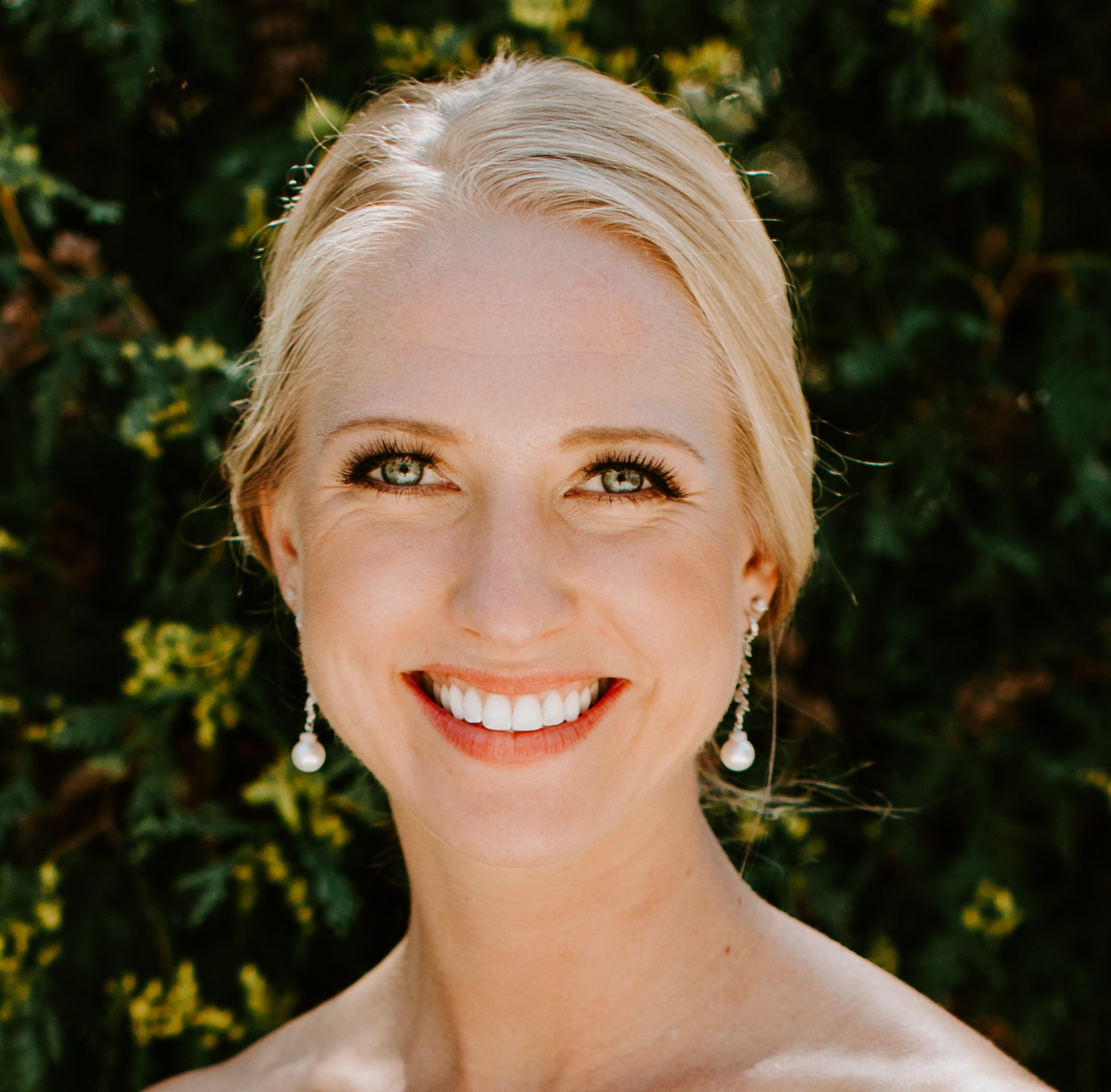
“When both the development team and the client achieve the same goals by saving money, saving energy and making buildings more efficient for the greater good and the communities they serve, that’s success.”
Kate Pearson is a senior building energy engineer in Minneapolis and has been with McKinstry since 2021. Learn more about how Kate leads building efficiency initiatives that benefit our partners, surrounding communities and the planet.
Learn More About Kate’s Experience
I’ve worked in a variety of different positions, including air quality for oil and gas, and solar and energy modeling. I took a break from the corporate world to teach high school science for a year and a half, but I quickly realized it wasn’t the right career for me. I joined McKinstry about two and a half years ago as a renewables and energy engineer. This past summer, I transitioned into a role as a senior energy engineer, which involves not only renewables but all building efficiencies.
When both the development team and the client achieve the same goals by saving money, saving energy and making buildings more efficient for the greater good and the communities they serve, that’s success. A lot of our clients are K-12, counties and cities, and they aren’t necessarily making these changes for themselves but for the population they serve — they are projects that impact a large community, like reducing energy costs for a school district.
It can take years to flesh out a project, and it’s hard for some people to grasp a project’s vision in the very beginning. But once those projects get underway, the client sees them come to life. It’s exciting to see them understand where we were coming from in the very beginning, and it helps generate ideas for future projects. It’s rewarding as a team to have everyone focused on the same goal and be on the same page.
It’s tough because people are in their own bubbles. More and more people are working from home, and they’re not necessarily out in the world as much as they used to be. Education is key, and that can come through multiple outlets. I think programs that teach kids in K-12 about being environmentally friendly can have a trickle-down effect. Kids learn about saving water or recycling at school, and then they come home and tell their parents about what they learned and the inspiration they took from that classroom visit. Education can even include placing educational kiosks in buildings that explain how their university or local library is energy efficient. These are great ways to share ideas with the public without being too forceful, which can make people resistant to change.
Our team is currently working on a project for an entertainment and convention center, where we are developing a project plan that includes substantial efficiency upgrades, that will not only save money but benefit the whole community. The project is just getting started, but I think it’s going to be a big success.
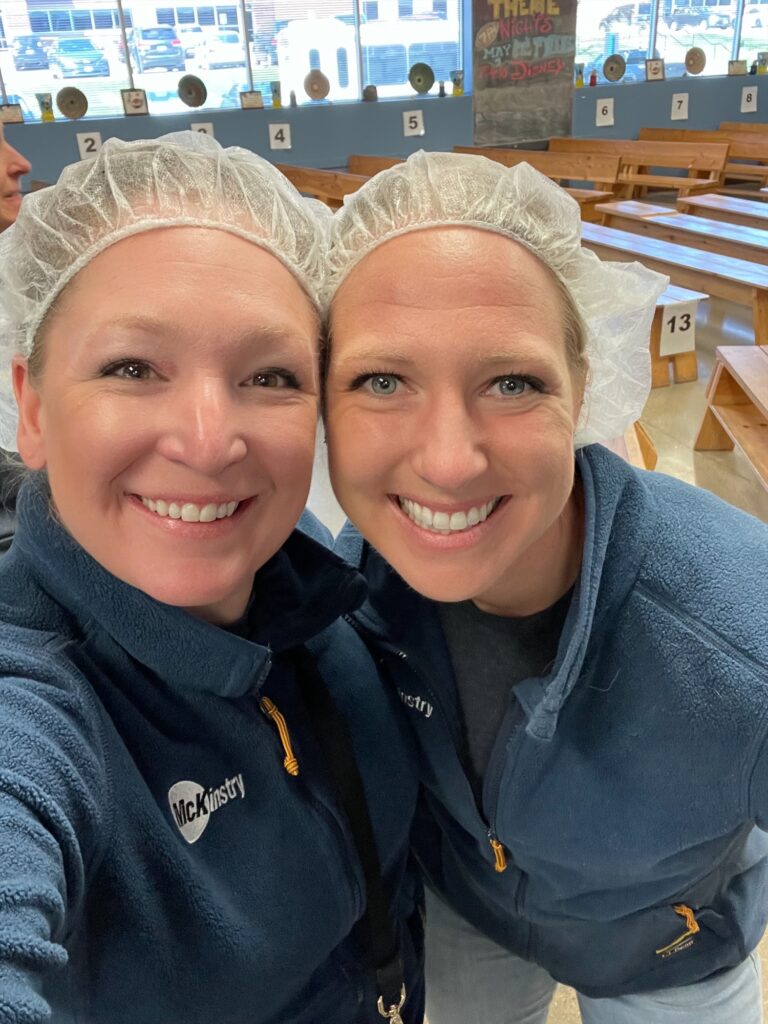
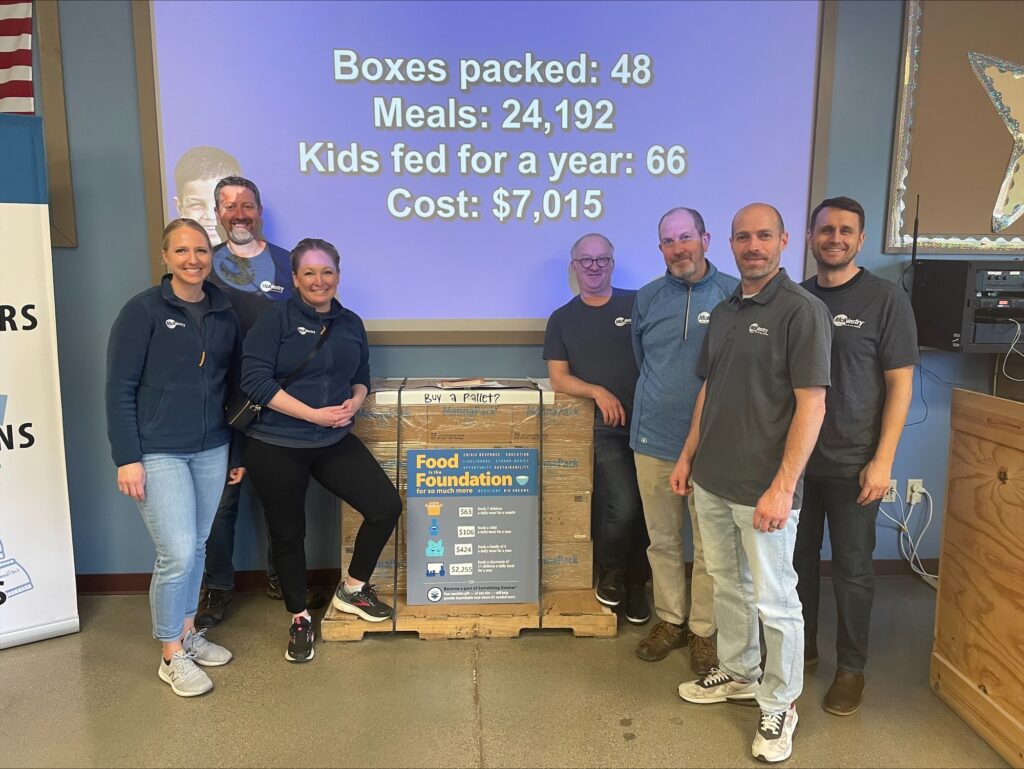
Explore Other Insights
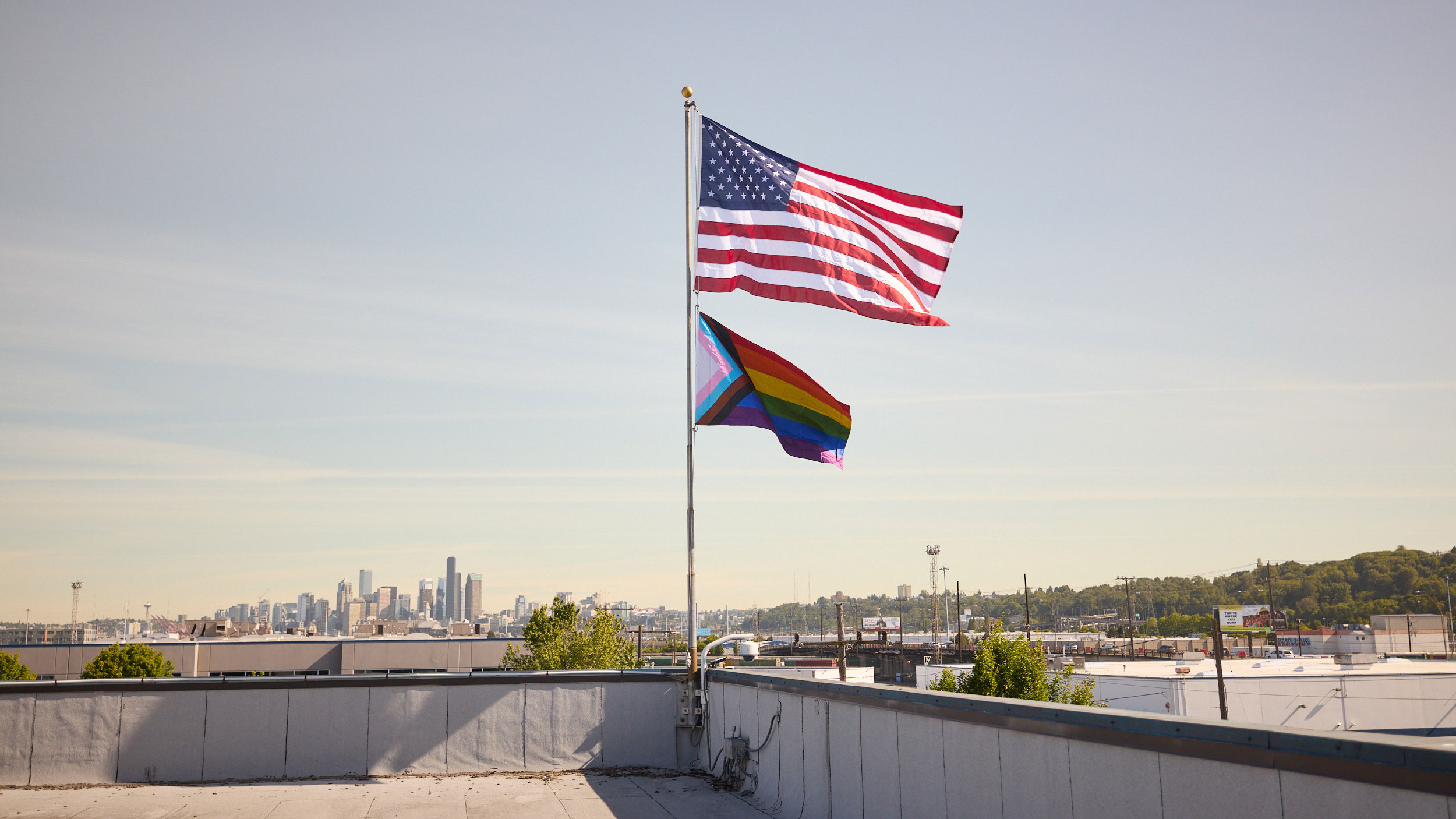
McKinstry’s Pride Alliance
McKinstry Alliances are our version of employee resource groups or affinity groups. Alliances are voluntary, employee…
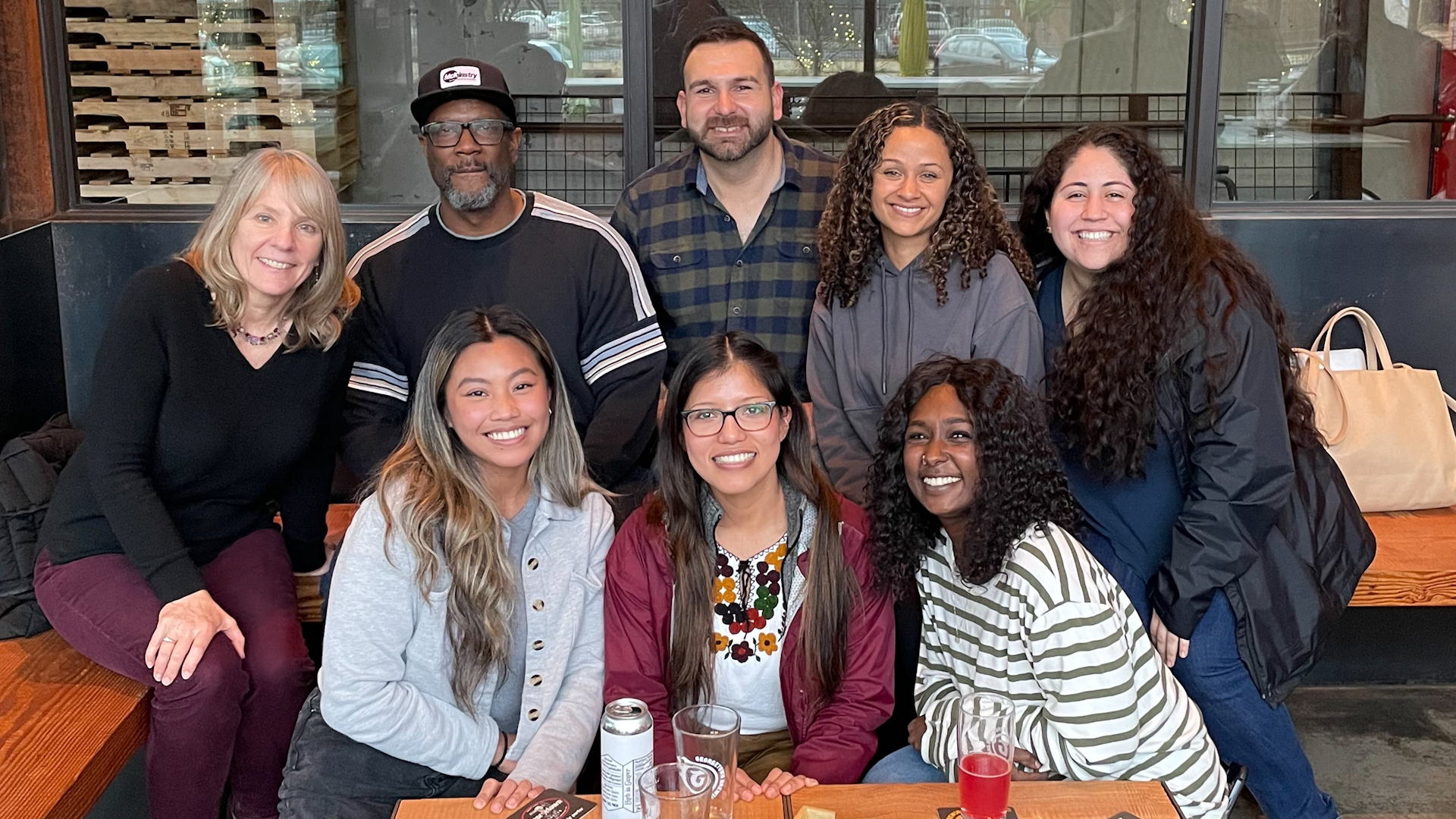
McKinstry Alliance Leader Reflects on Juneteenth Legacy
On June 19, 1865, months after the Civil War ended and more than two years after President Lincoln signed the Emancip…
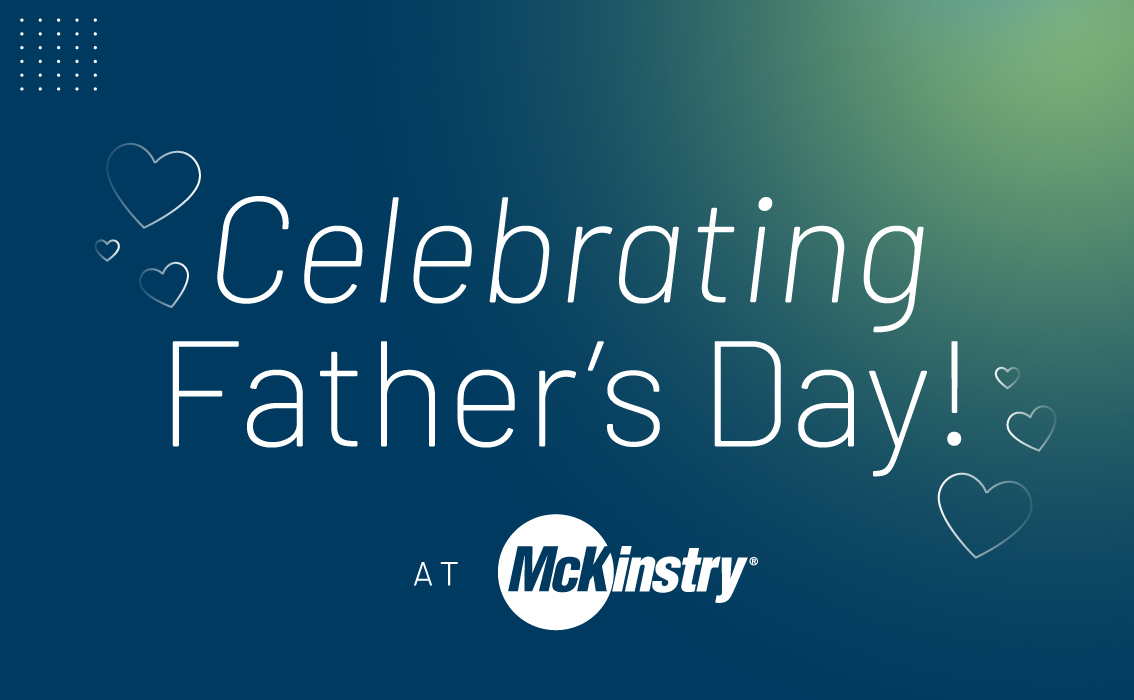
Celebrating Father’s Day
Father’s Day serves as an opportunity to recognize and celebrate those shaping lives and communities through fatherho…